Informator
RSS FeedPublikováno: Po 02.05.2022
Region: Jablonecko, Semilsko, Trutnovsko
The shape of the area around the Krkonoše National Park began to take shape in ancient history. In the 13th century, the beginning of the medieval colonization of the Krkonoše foothills became visible. In its development, the area was divided into three close, yet distinct regions, which can be divided into the Pojizeří, Trutnov and the northern region, now in Poland. In this area, we can count nearly thirty castles, chateaux, fortresses and manor houses that are suitable tourist destinations.
For the western part of the present-day Giant Mountains with a connection to the neighbouring "Jizerské" Mountains, the name "Pojizeří", or Upper "Pojizeří", is most appropriate, according to the local course of the "Jizerská" River. The area belonged to the powerful Old Bohemian family of Markvartice, of which the family branch of the Lords of Wallenstein is typical for the region. Later, the monumental Frýdlant Duchy of Albrecht von Wallenstein encroached here. Today, the upper part of the "Pojizeří" region belongs to the Liberec Region as part of the Semily District.
Among the castles in this area, we must first mention the ruins of "Štěpanice and Nístějka" castles. In Víchová nad Jizerou there is a preserved fortress.
There are castles in Jilemnice and Horní Branná, a manor house in Harrachov and the remains of a manor house in Vítkovice in the Giant Mountains. The area below the central and eastern part of the Giant Mountains as part of today's Trutnov district is connected in its colonization (although only for a few decades) with the "Švábenice" family and the Trutnov manor, whose importance lay in the fact that it was a royal estate.
The axis of the entire territory is the Elbe River and on the eastern side the "Úpa" River. As an integral part of the former Hradec Králové Region and the present Hradec Králové Region, it belongs firmly to East Bohemia. Among the local medieval castles we must mention the ruins of "Břecštejn" Castle, the remains of "Rechenburk" Castle and the later rebuilt castles in Žacléř and Hostinné.
The castles are represented by the castle in Vrchlabí and, despite its inaccessibility, the castle in Žacléř, which used to be an important castle. Smaller local castles, such as the one in Rudník, are privately out of the greater tourist interest. In Javorník, the beautiful remains of a fortress have been preserved and the restored romantic structure of the Aichelburg castle near Maršov cannot be forgotten.
The third area around the Giant Mountains is the northern foothills in present-day Poland. Historically, it is necessary to mention the existence of the former principalities of Javor and Swidnica, which formed part of neighbouring Silesia. Since the time of Emperor Charles IV and his wife, Princess Anna of Swidnica, this territory was also an integral part of the lands of the Bohemian Crown.
The ruins of the Chojnik Castle, sometimes called the "guardian of the Giant Mountains ", are a very attractive tourist attraction. Among several inaccessible castle buildings, the original Renaissance castle in the village of Bukowiec cannot be omitted.
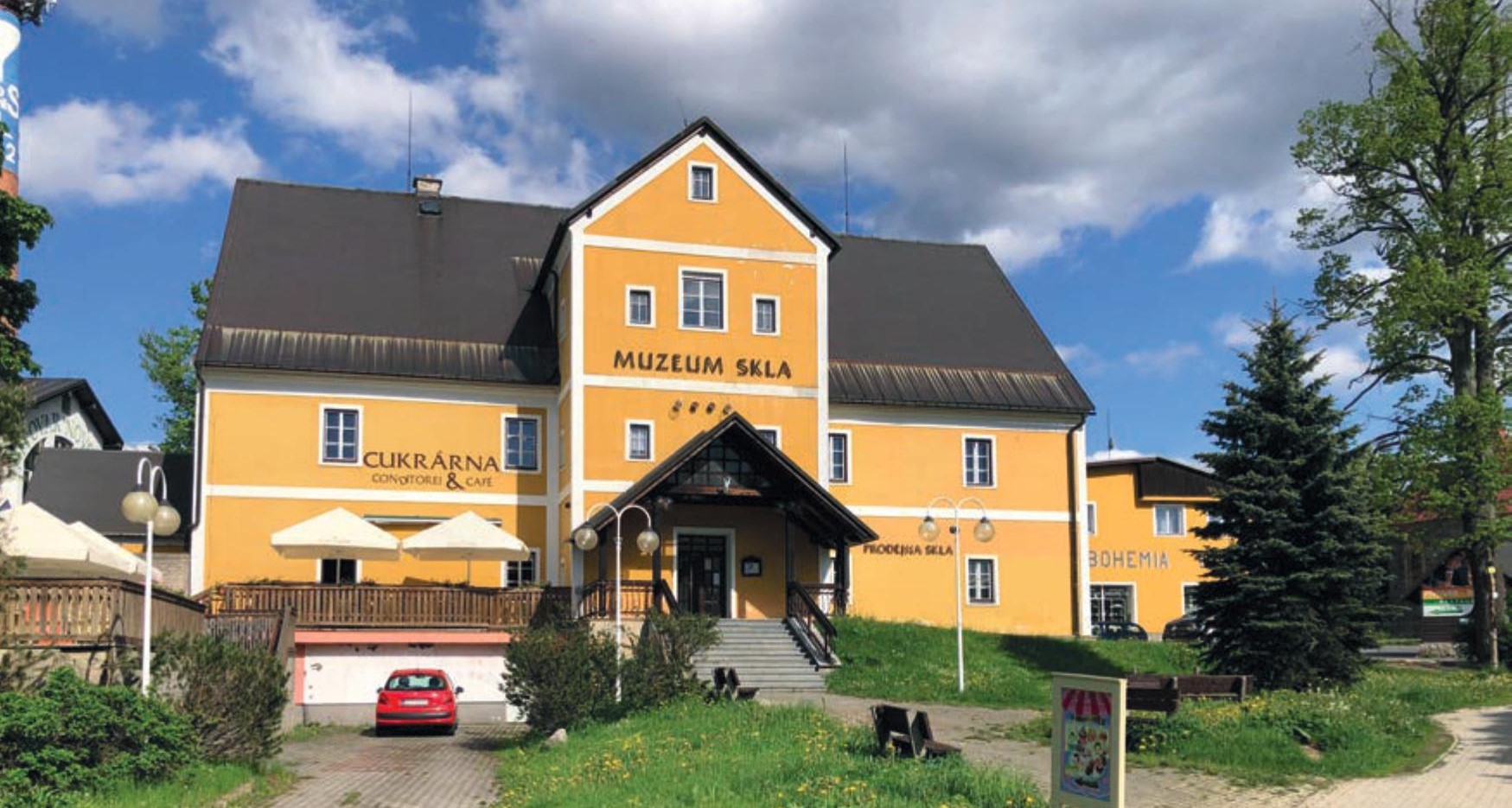
Harrachov Manor House is located in the very centre of Harrachov. This state-protected monument is located on the north side of the road.
Rokytnice nad Jizerou - remains of a manor house
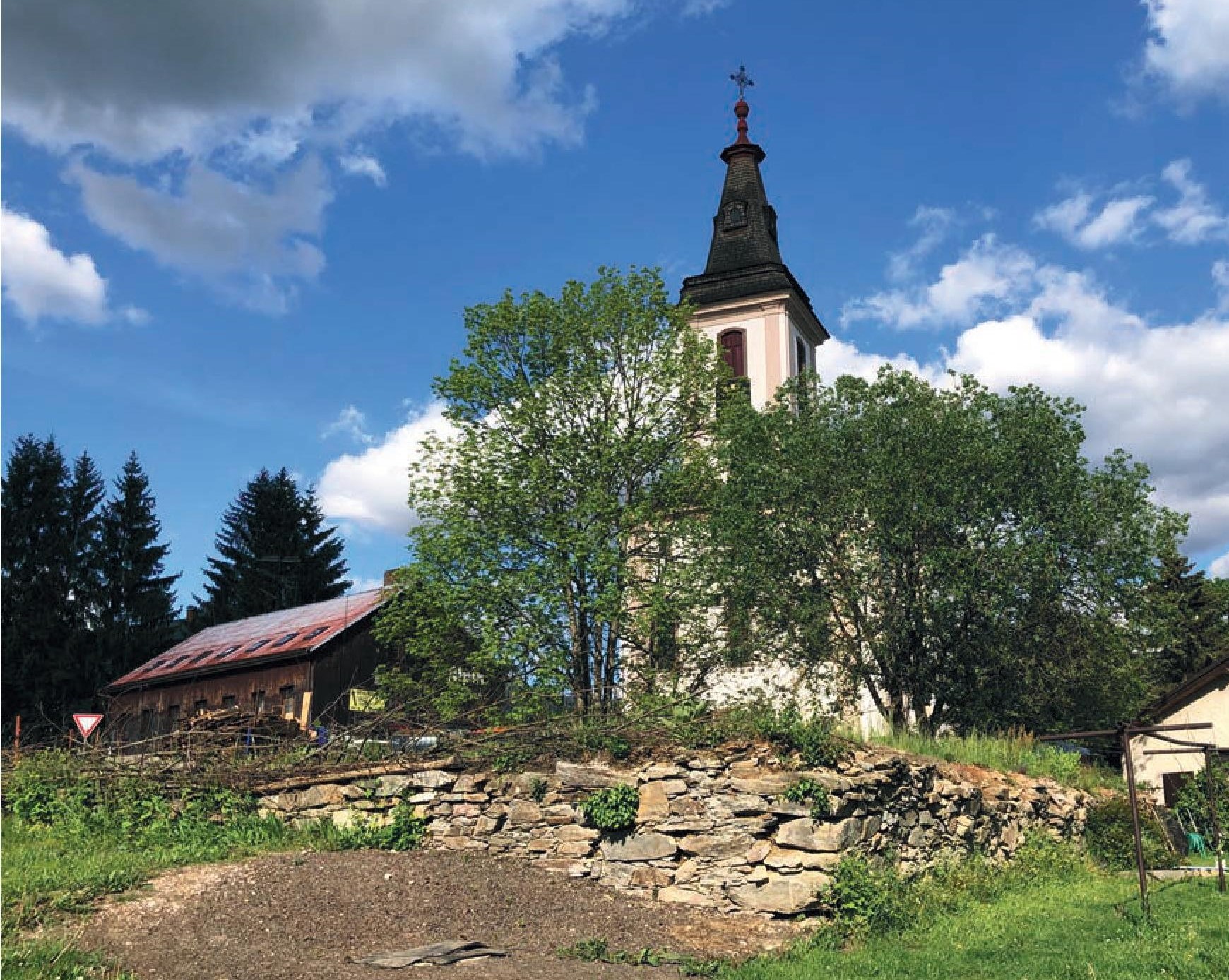
An integral part of the history of Rokytnice is the now almost extinct manor house, which was situated to the west of today's "Rokytnice" church.
Rokytnice nad Jizerou - chateau
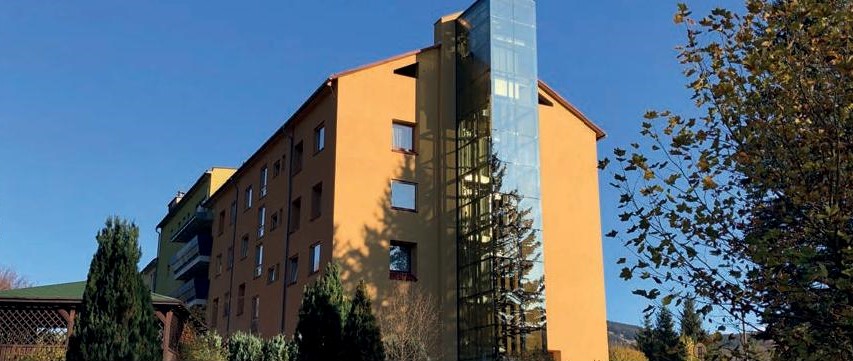
In Rokytnice nad Jizerou, a chateau building was also built in the later period, which has been preserved in a rebuilt and enlarged form. Its origins are connected with the year 1860, when the Prussian banking house Landau and Comp. built house No. 291, nicknamed "Zámeček", on a rocky promontory above the confluence of the "Jizerský and Hutský" brook.
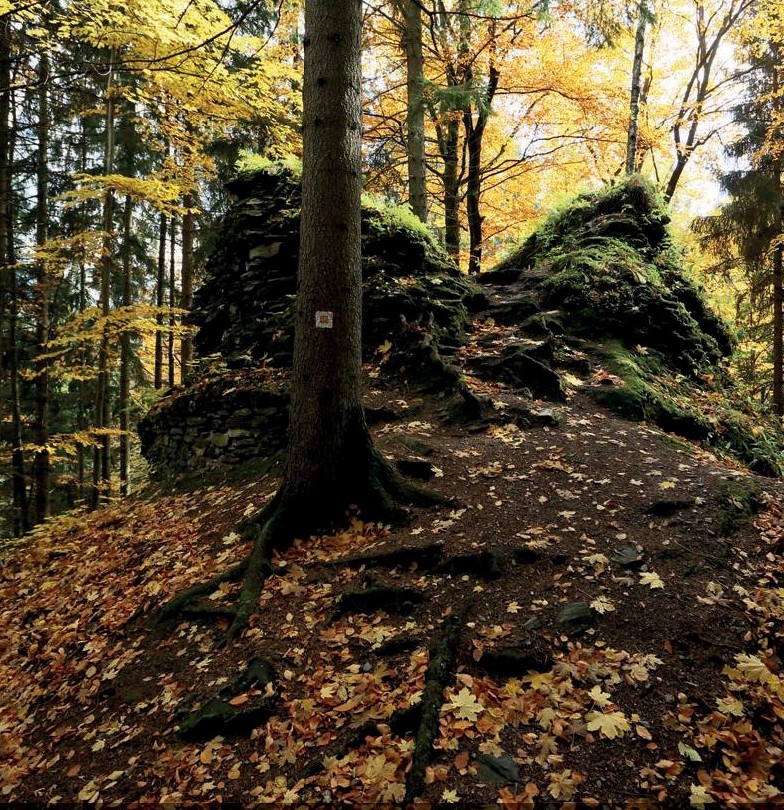
The highest castle on the "Jizera" River could be described as perhaps a whole book. It is located above the village of "Hradsko", southeast of Vysoké nad Jizerou. Its ruins rise on a rocky promontory
descending to the "Jizera" River.
Mladkovský hrádek - traces of the castle
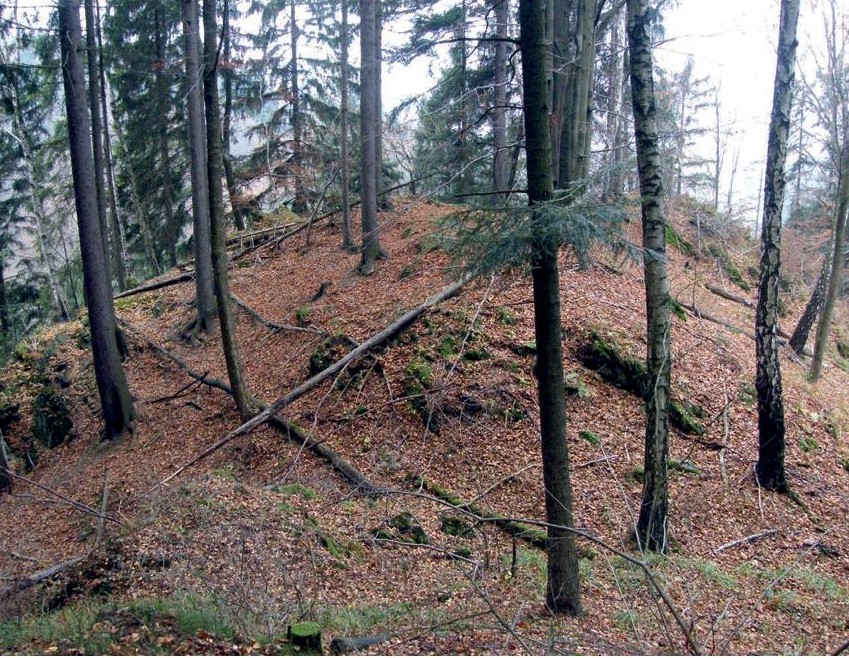
The existence of the castle site in the area of "Poniklá" was until recent years completely unknown. After the discovery of the extremely situated rock fortress, it was not until until the archaeological research was carried out, it was only a very questionable site.
Víchová nad Jizerou - remains of a fortress
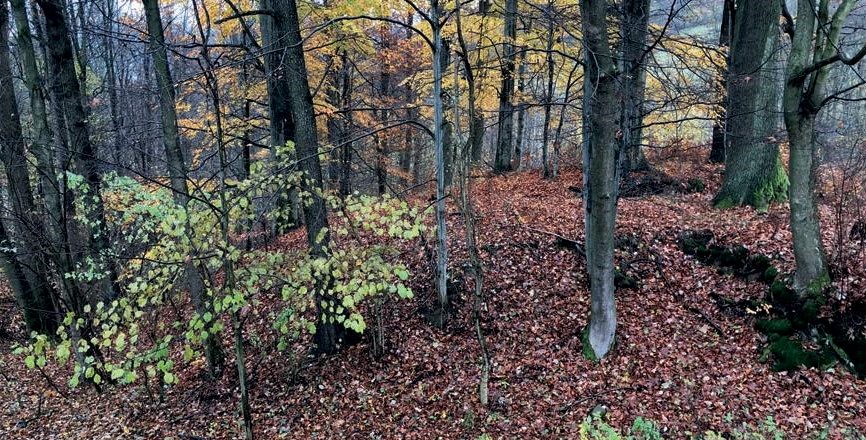
The village of Víchová nad Jizerou is located northwest of Jilemnice. In the 14th century, the Vich family was documented here in writing. The local medieval castle (or fortress called "Hrádek") is connected with the now completely forgotten legend about the landowner "Vích" and his four sons.
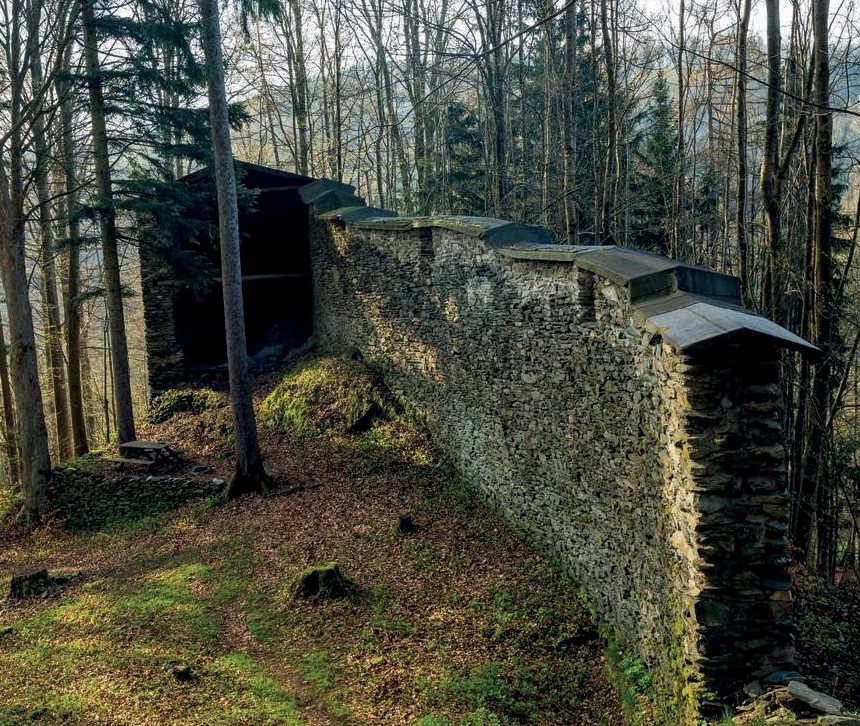
The ruins of the castle are situated at the southeastern edge of the village of "Horní Štěpanice". Thanks to archaeological excavations, we can move the long-traditional origin of this Gothic settlement deep into the first half of the 13th century.
Jilemnice - castle in the place of the fortress
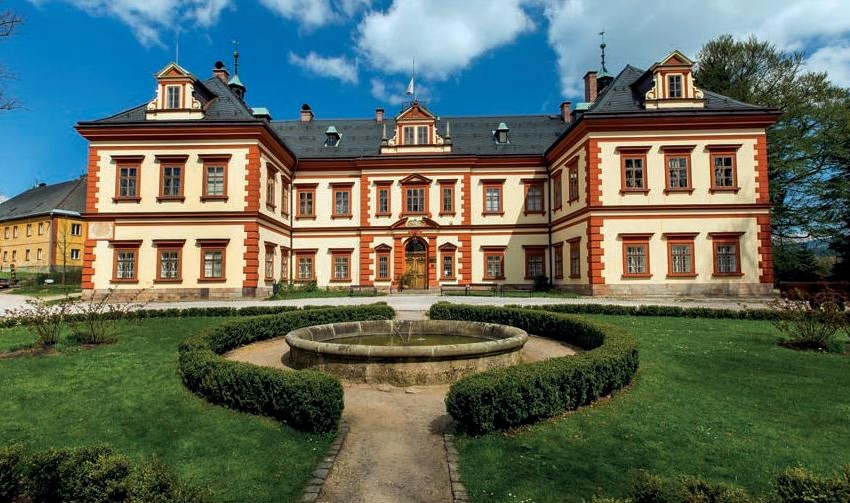
Archaeologists have also been influenced by the latest excavations around the church St. Elizabeth's Church believe that the local fortress was built much earlier than the proclaimed 15th century. Perhaps already at the turn of the 13th and 14th century. The market settlement belonging to the "Štěpanice" castle was the property of a family of lords of Wallenstein. It was first mentioned in 1492 when the manor was divided into Jilemnice and Štěpanice. After the death of Jan of Wallenstein, it was Jilemnice estate to Hynek of Wallenstein. He died after 1513 without children and his estate was sold.
Horní Branná - Renaissance chateau
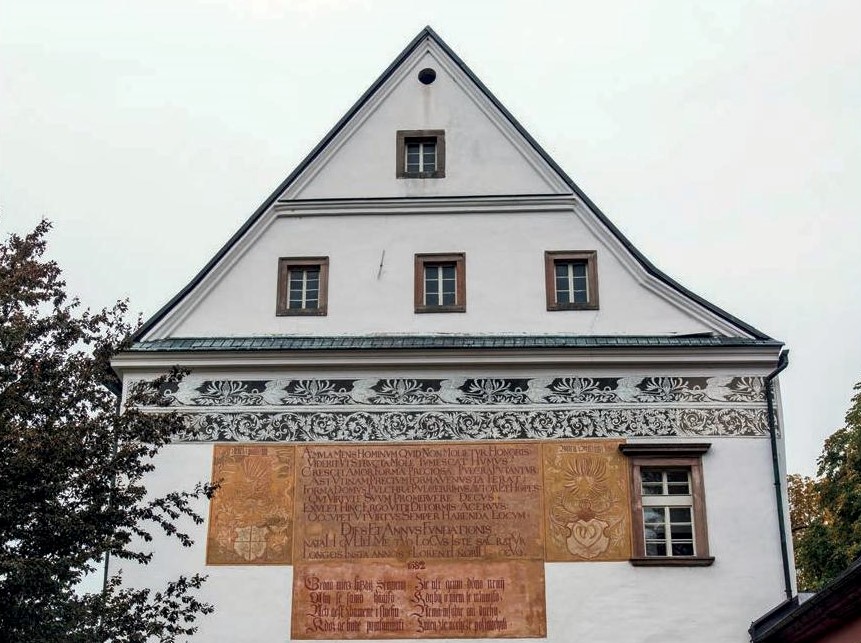
The castle in Horní Branná is not one of the largest castle buildings, but it is still a well-known tourist destination. The public knows it mainly because, because Jan Amos Komenský, our teacher of nations, stayed here secretly. The castle is located in the centre of Horní Branná at the crossroads of the roads to Jilemnice, Valteřice and Dolní Branná.
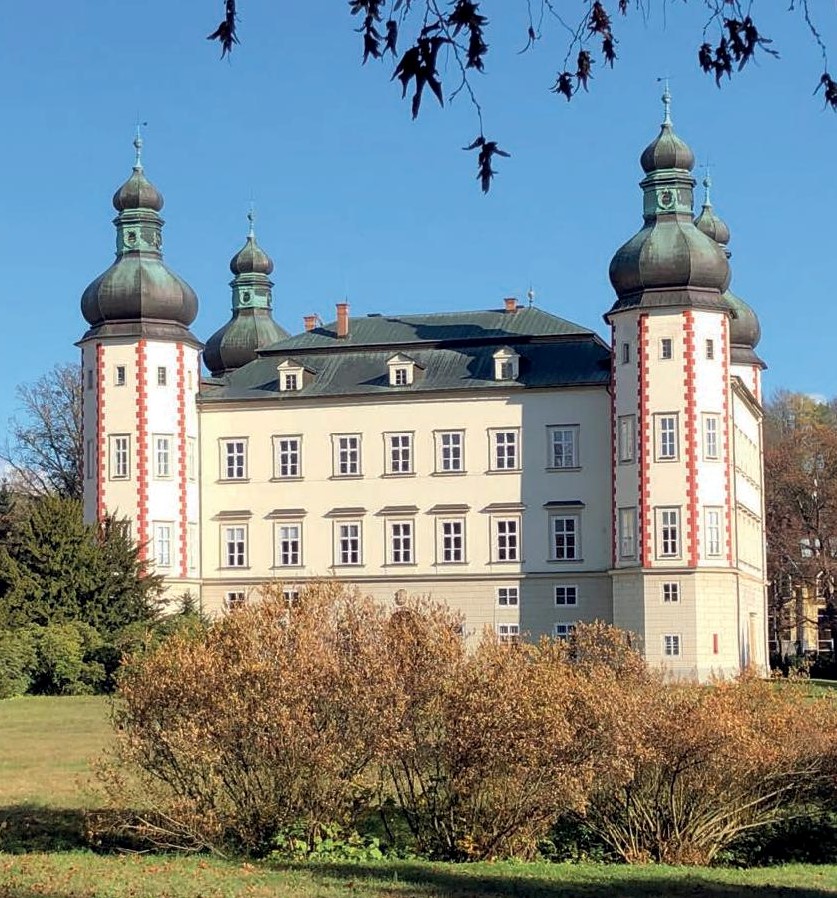
The imposing building of "Vrchlabí" Castle is located on the eastern side of the "Vrchlabí" square, in the northern part of the castle park. The chateau, although does not offer the usual sightseeing facilities, but it is accessible as a residence "Vrchlabí" Municipal Office, which corresponds to the scope and possibilities of this to visit the monument. In July and August there are tours of the castle with a guide, at other times only by appointment.
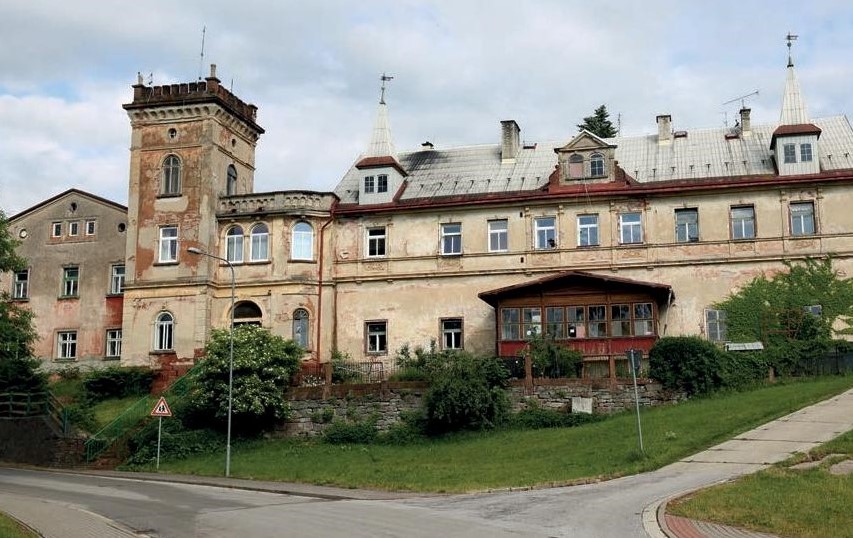
Among the preserved settlements we must also count the former castle in the village originally called "Harta", today "Podhůří", forming the southern part of "Vrchlabí".
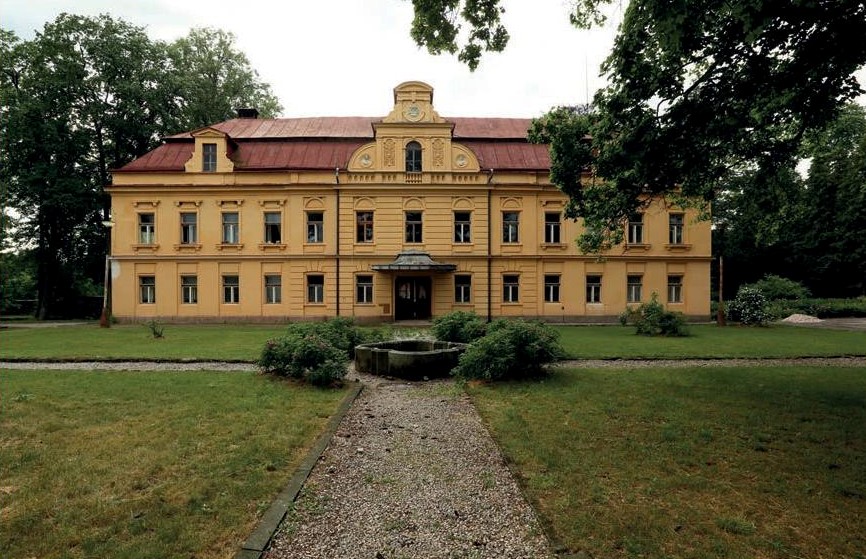
This chateau is located on the southwestern outskirts of the village of "Fořt" near the road from "Čistá to Rudník". The original chateau grounds are divided into a former courtyard on the eastern side and a chateau with a park on the western side.
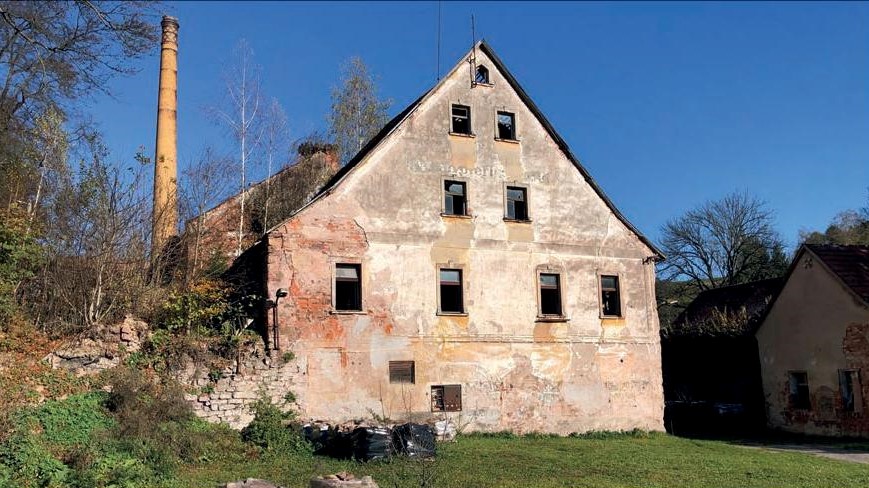
The predecessor of today's "rudnického" castle was a Renaissance fortress. Its main building is located in the centre of the village, south of St. Wenceslas Church. It was part of the brewery complex and is best seen from the fork in the main road. Although it is not open to the public, it is certainly worth seeing.
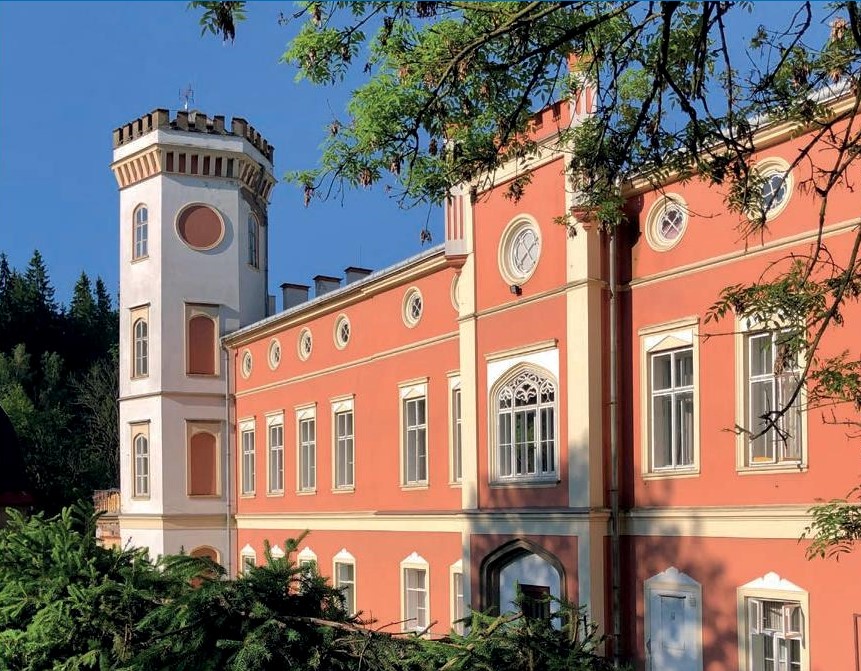
The chateau is located in the lower part of the village of "Rudník" above the "Čistá" stream.This younger "Rudník" mansion was built in the 1930s by Josef Karel Theer of Silberstein.
Purkhýbl – traces of the castle
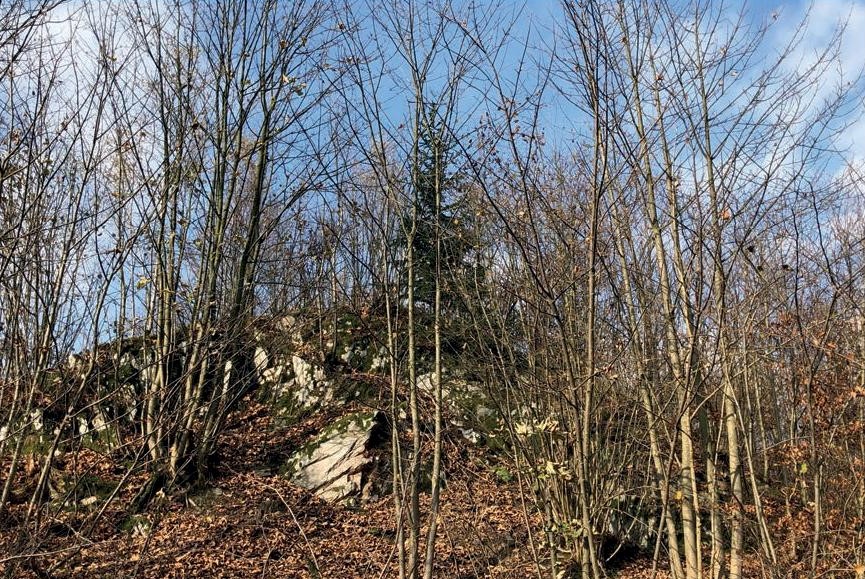
Nowadays easily accessible tiny remains of the castle are located on the southern side of the village of "Černý Důl", on a promontory in the place where the path to the "Zrcadlový údolí" (Mirror Valley) turns off from the main road.
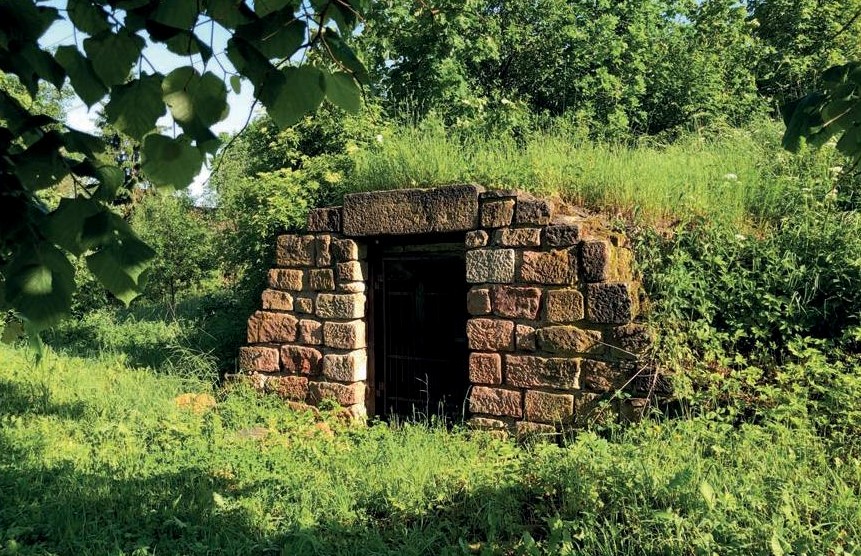
The fortress, which has been preserved until today, can be seen directly from the main road at the turn to "Javorník", in the meadow on the left side. The rest of this original water fortress consists of a grass-covered hill about four metres high, on the southern side of which is the entrance to a stone cellar with a vaulted arch and a rear ventilation shaft. However, the entrance is closed.
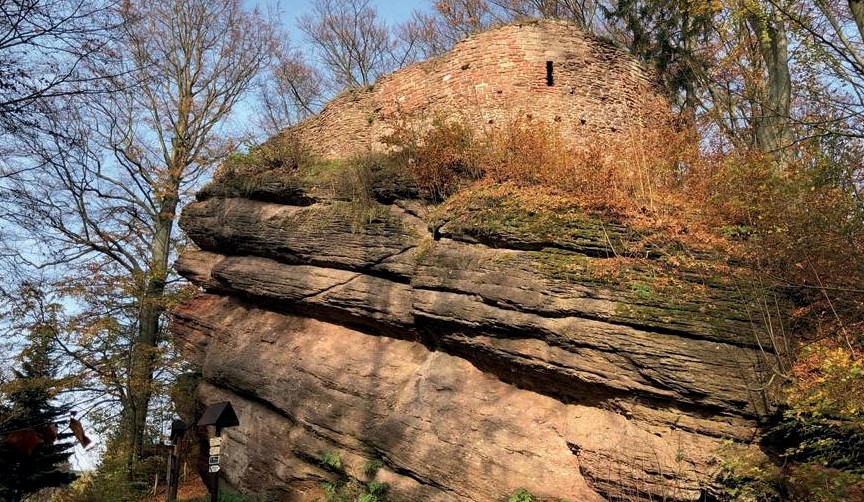
The ruins of "Břecštejn" Castle, also called "Silberštejn", are part of the "Hrádeček" Nature Park. It rises south of the "Hrádeček" farm, once owned by former President Václav Havel, and a blue marked hiking trail passes by it.
Horní Vlčice – remains of the castle
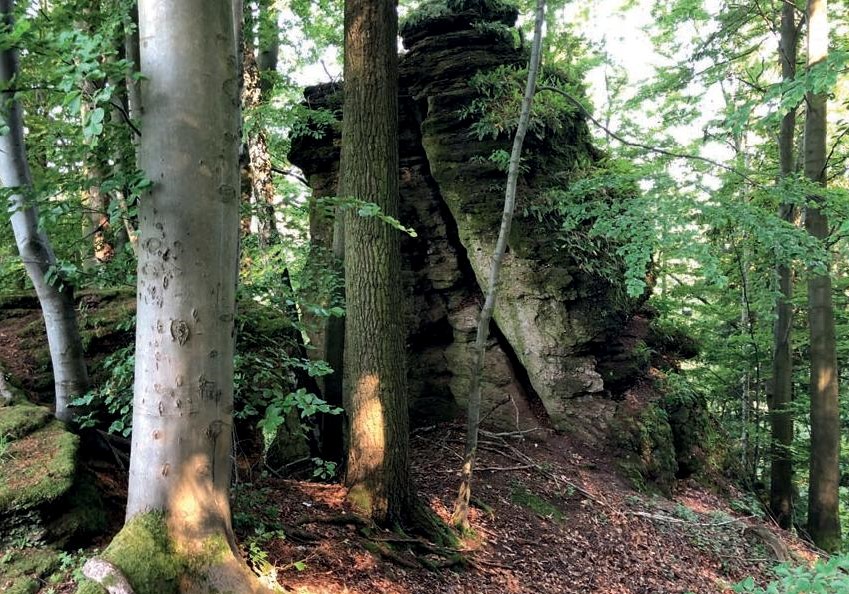
If you want to visit this small rock castle, it is best to use a tourist map to find it.
Vlčice – castle in the place of the fortress
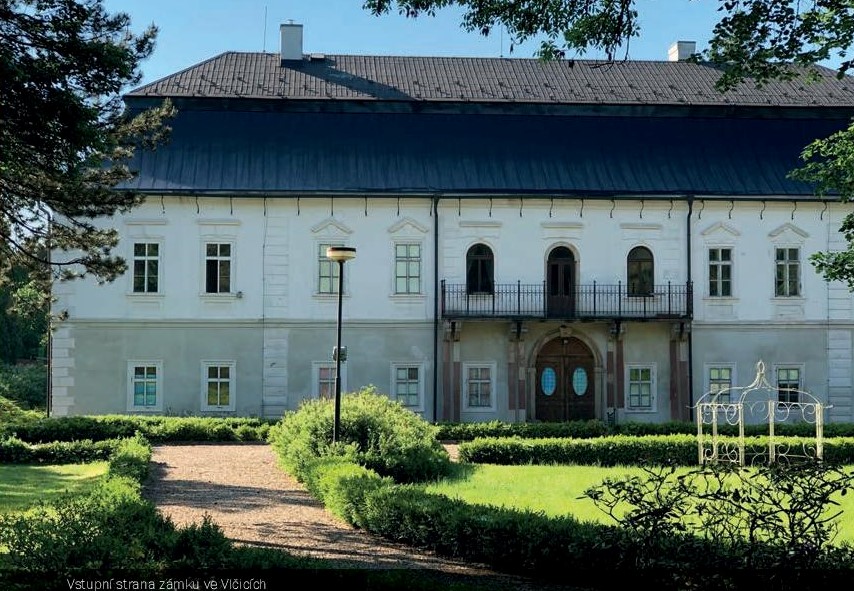
Vlčice is located between Trutnov and Hostinné. The manor farm Vlčice was first mentioned in 1355.
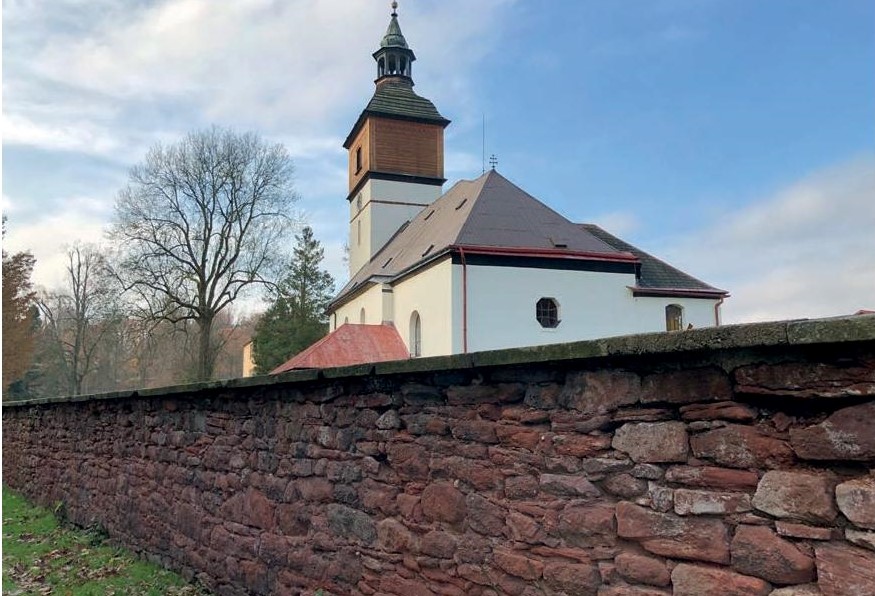
There are sometimes doubts about the location of the original "Trutnov" castle, as it is not certain where it stood at all. An archaeological survey could clarify this. Its location is placed within the perimeter of today's "Horská" Street, including the church area in "Horní Staré Město". The presence of the Church of St. Wenceslas suggests that it was probably originally a castle chapel.
Rechenburk – remains of the castle
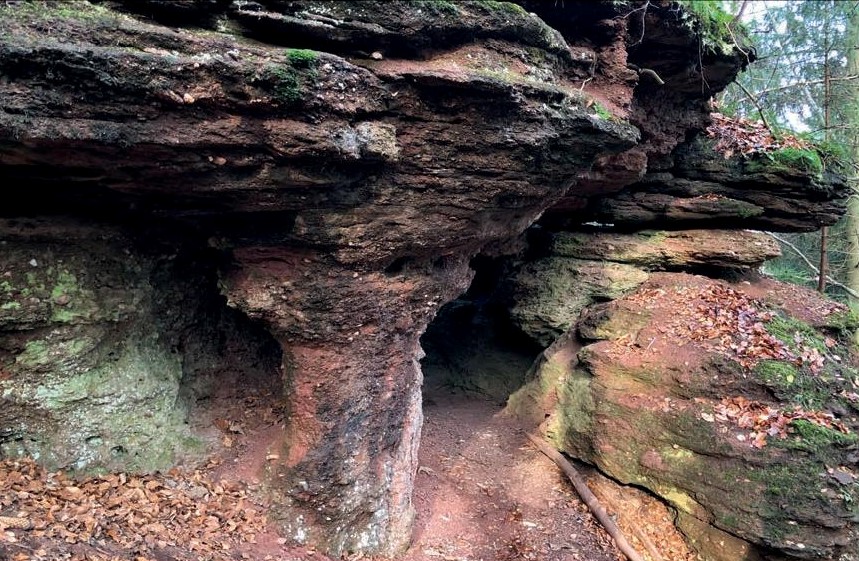
The remains of this Gothic castle are situated on the rocky promontory of Castle Hill above the western edge of the village of "Libeč", north of Trutnov. The castle's origin is associated with the "švábenickou" colonization in the 13th century. According to archaeological findings, its existence is confirmed in the second half of the 13th century and it was left to its fate when the lords of "Švábenice" left the region at the beginning of the 14th century. Details of the castle's appearance were only revealed by archaeological research between 1973 and 1976.
Horní Maršov – Baroque chateau
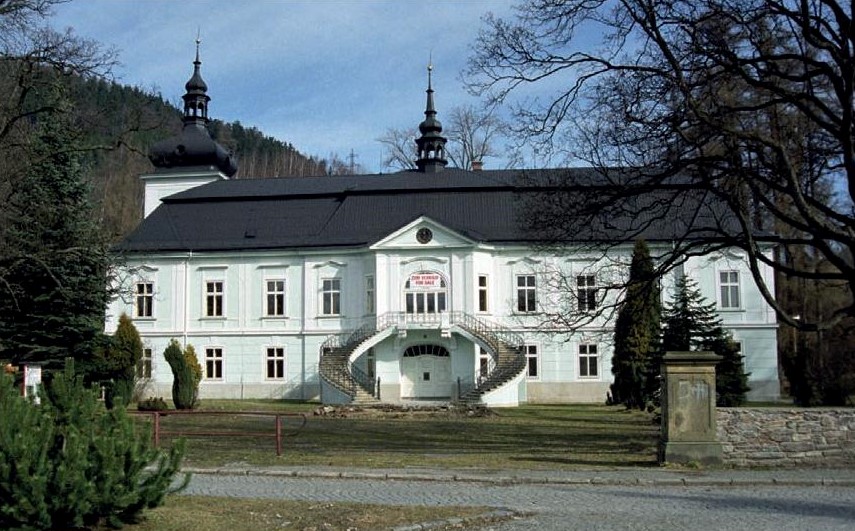
The predecessor of the settlement "Maršov" was an iron hammer mill, documented as early as 1465. A Renaissance manor house was to be built here in the 17th century.
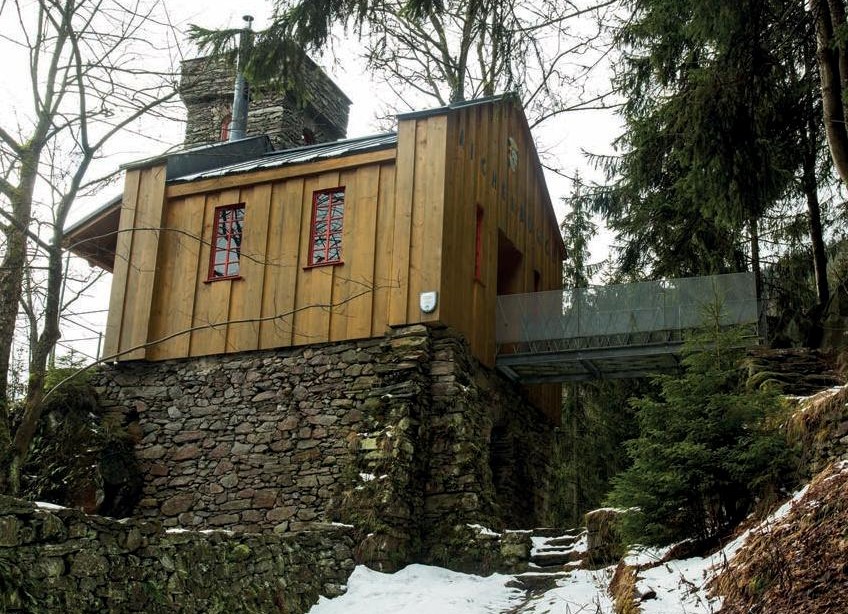
Certainly the youngest residence described here is the romantic Aichelburg Summer Palace, located high above the forested valley of the "Úpa" River.
Žacléř – castle, former castle
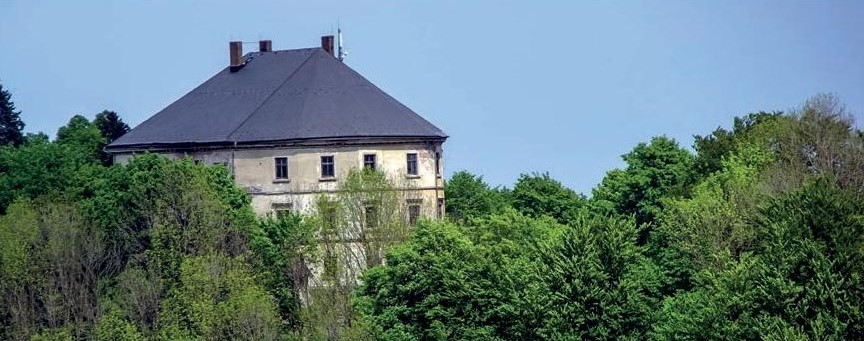
Although the "Žacléř" Chateau is not currently open to the public, it cannot be overlooked because of its importance when visiting the town of "Žacléř". Free access is only to the outside of the massive moat.
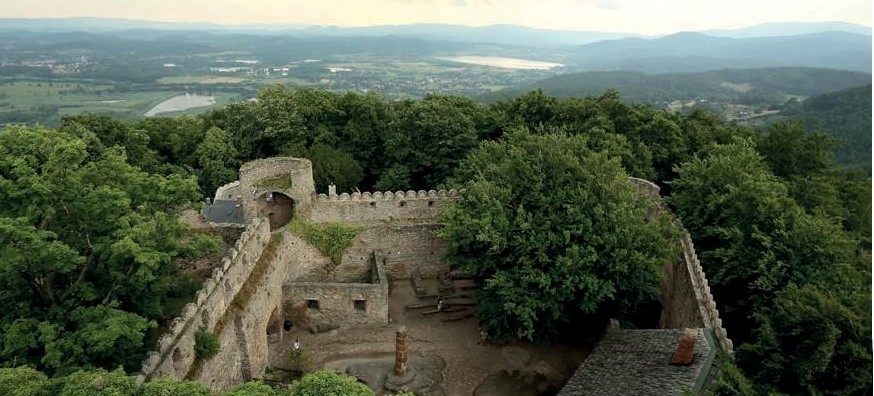
The famous castle ruins are situated on a granite mountain southwest of "Jelenia Góra", above the village of "Sobieszów".
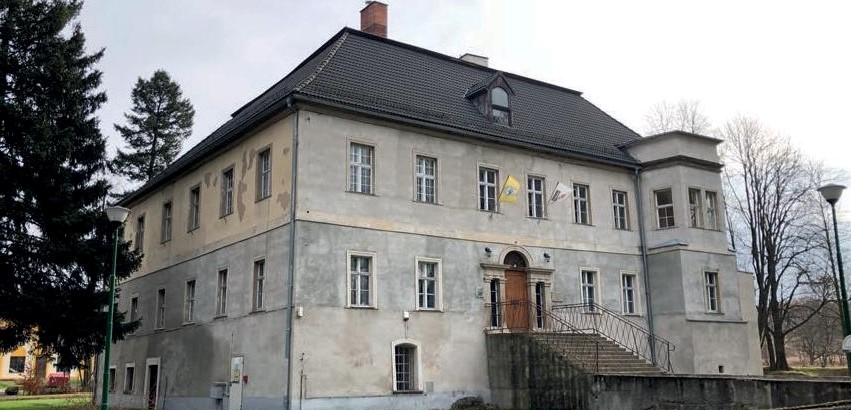
The village of "Bukowiec" is located 10 km southeast of "Jelenia Góraů and north of "Kowary". It was first mentioned in 1305. The first known owner was Heynko of Zedlitz, also known as Meinwalde.
GPS: 50.77516641010628, 15.620035198202636
We have chosen for you